Table of Contents
So, you're thinking about adding the graceful beauty of lilies to your garden? That's fantastic! But before you get swept away by the vibrant colors and intoxicating fragrances, let's talk Lily bulbs. Choosing the right lily bulbs is the first step to a blooming success story. At lilyflower.homes, we're here to guide you through the process, from selecting the perfect varieties to nurturing your bulbs into magnificent, towering blooms. This article will walk you through everything you need to know about planting, caring for, and even harvesting your lily bulbs, ensuring your garden becomes a breathtaking spectacle of lily beauty. Get ready to transform your garden into a vibrant wonderland! Let's investigate in and explore the world of lily bulbs together.
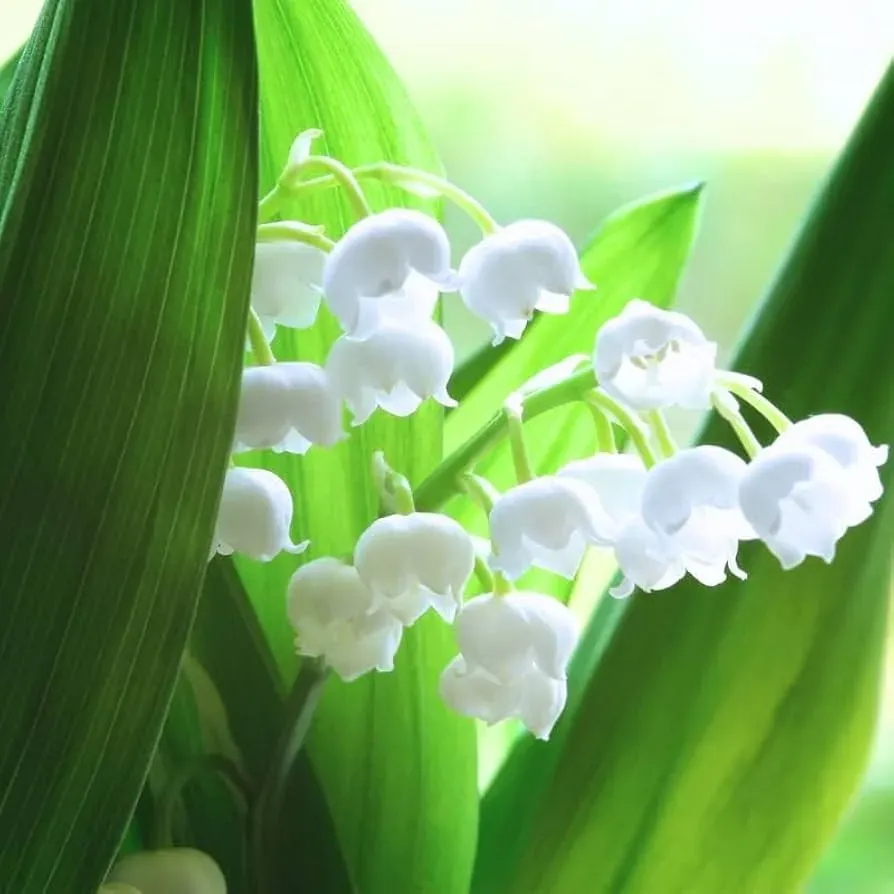
10 Amazing Tips For Growing Lily Bulbs In Your Garden
Choosing the Perfect Lily Bulbs for Your Garden
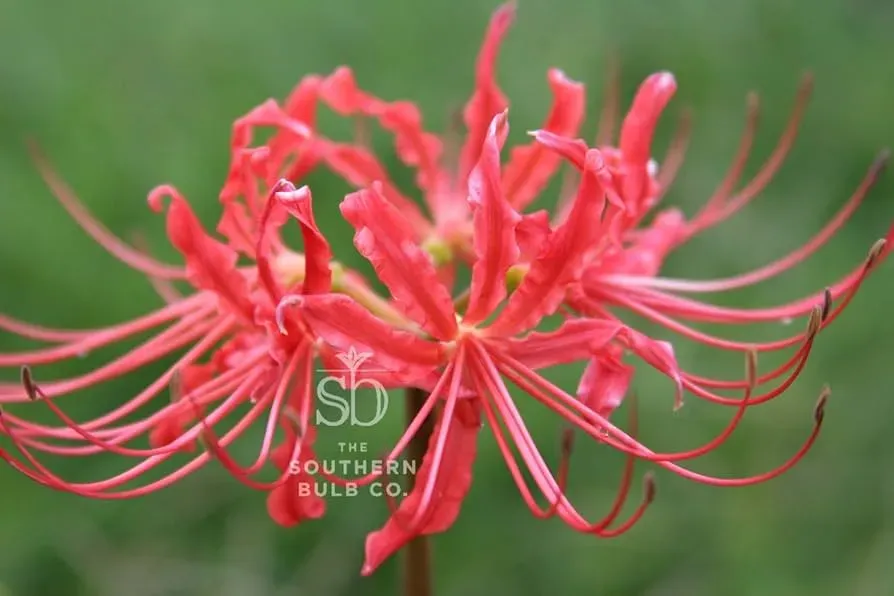
Choosing The Perfect Lily Bulbs For Your Garden
Understanding Different Types of Lily Bulbs
As a lily enthusiast, you're probably aware that there are many types of lily bulbs to choose from. But did you know that some varieties are better suited for your garden than others? For example, if you're looking for a low-maintenance option, you might want to consider Asiatic lilies, which are known for their hardiness and disease resistance. On the other hand, if you're looking for a more exotic option, you might want to try Oriental lilies, which are known for their beautiful fragrance and large blooms. Asiatic Lilies and Oriental Lilies are both popular choices among gardeners.
When selecting lily bulbs, it's also important to consider the climate and soil conditions in your garden. Some lily varieties are more tolerant of heat and humidity, while others prefer cooler, drier conditions. Be sure to research the specific needs of the varieties you're interested in to ensure they'll thrive in your garden.
Lily Variety | Hardiness Zone | Soil Preference |
|---|---|---|
Asiatic Lilies | 3-9 | Well-draining soil |
Oriental Lilies | 5-9 | Rich, fertile soil |
Factors to Consider When Buying Lily Bulbs
When buying lily bulbs, there are several factors to consider to ensure you get the best quality bulbs for your garden. First, look for bulbs that are firm and free of mold or mildew. Avoid bulbs that are soft or rotting, as these may not survive the winter. Second, consider the size of the bulb. Larger bulbs tend to produce more blooms, but may be more expensive. Third, consider the color and variety of the bulb. Some lily varieties are more fragrant or have more vibrant colors than others.
It's also important to consider the source of your lily bulbs. Look for reputable suppliers who specialize in lily bulbs, such as online suppliers or local nurseries. Be wary of cheap or discounted bulbs, as these may be of poor quality or not suitable for your garden.
- Look for firm, mold-free bulbs
- Consider the size of the bulb
- Think about the color and variety of the bulb
- Choose a reputable supplier
Planting Lily Bulbs: Step-by-Step Guide
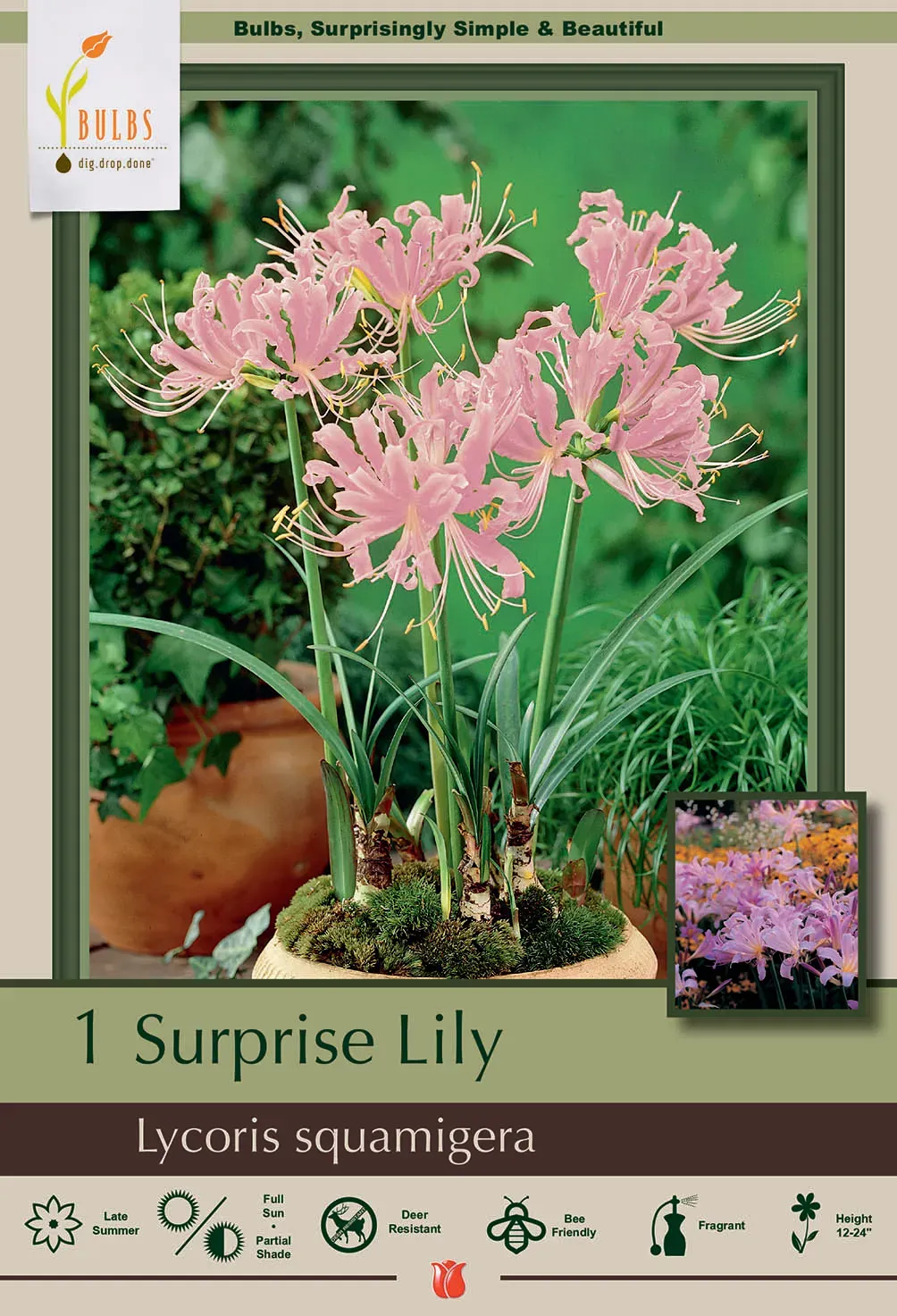
Planting Lily Bulbs Step By Step Guide
Planting lily bulbs is like giving a tiny sleeping giant a comfy bed. First, you gotta choose the right spot – sun-drenched or a little shady, depending on your lily type (check out our sunlight needs guide for more!). Think of it as finding the perfect vacation spot for your bulbs—not too hot, not too cold!
Next, dig a hole about twice as deep as the bulb is tall. Imagine it's building a little underground palace for your lily! Then, gently place the bulb in the hole, pointy end up (it's like giving directions to a tiny prince!). Cover it with soil, give it a gentle pat, and water it well. It's like tucking the little prince into bed for a long winter's nap.
- Pick the perfect spot (sun or shade)
- Dig a hole – twice as deep as the bulb
- Place the bulb pointy end up
- Cover with soil and water gently
Spacing is key too. Don't crowd your bulbs; they need room to grow! Think of it as giving each tiny prince their own room in the palace. Too close, and they'll have a royal rumble for space. A good rule of thumb is to space them according to the mature size of the plant. You can find more info on spacing tips on our site.
Finally, add some mulch around the bulbs. This is like giving your little princes a warm blanket to keep them cozy and protected from the elements. Mulch helps retain moisture and regulate soil temperature. It's like creating a perfect microclimate for your bulbs. Need help choosing the right mulch? Check out our mulch types page for more info.
Lily Type | Spacing |
|---|---|
Asiatic Lilies | 6-12 inches |
Oriental Lilies | 12-18 inches |
Remember, different lilies have different needs. Some love the sun, others prefer a bit of shade. Some need rich soil, others are happy with less fertile ground. Always check your specific lily bulb packaging for planting instructions. That way, you're giving your bulbs the best possible chance to thrive! We have a great resource on soil requirements for various lilies.
Planting lily bulbs isn't rocket science, but a little attention to detail goes a long way. With a bit of care, you'll be rewarded with stunning blooms that'll brighten up your garden. Think of it as a promise of beautiful flowers in the future!
"The best time to plant a tree was twenty years ago. The second best time is today." - A wise gardener
Caring for Lily Bulbs: Tips and Tricks
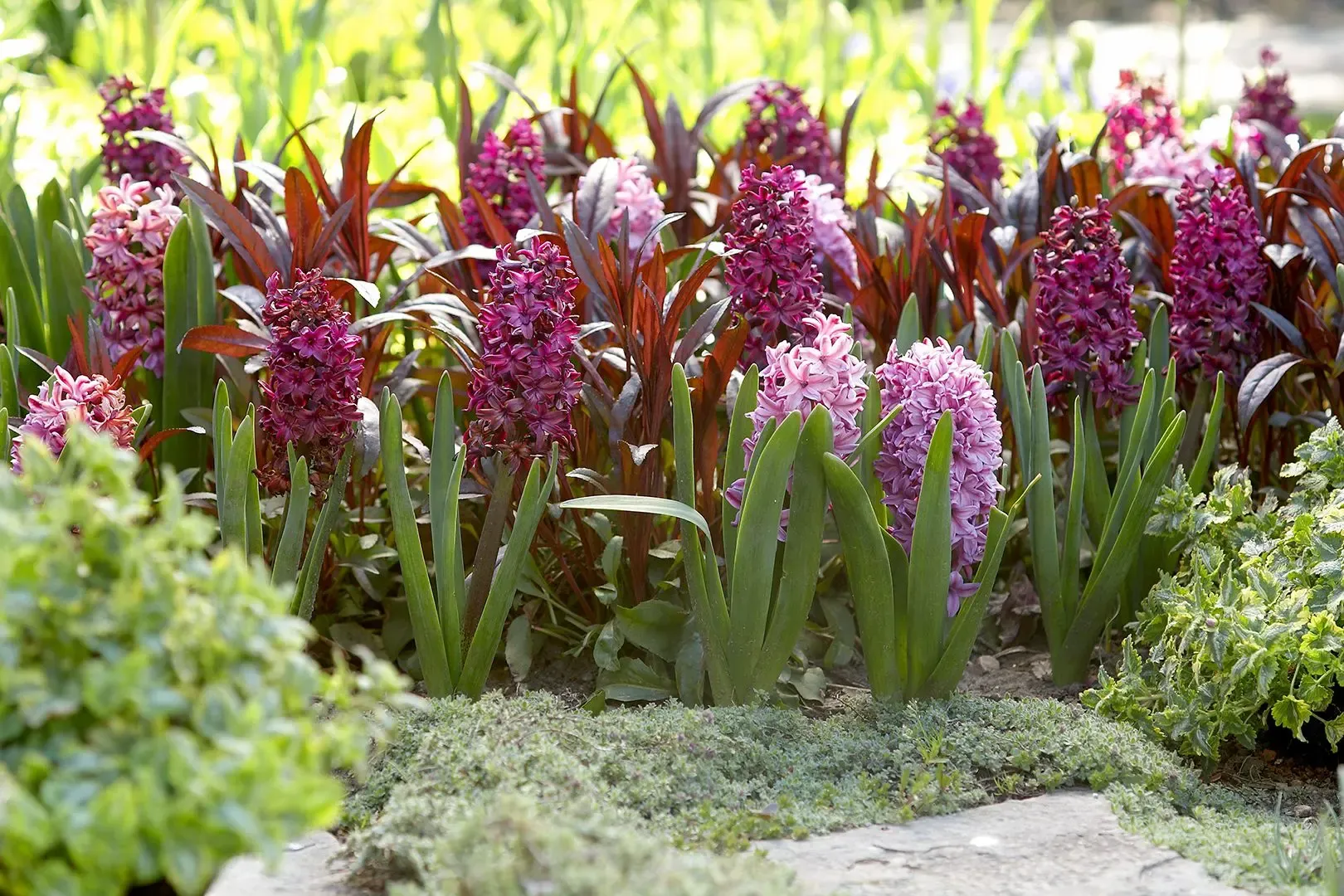
Caring For Lily Bulbs Tips And Tricks
Watering and Soil Requirements
Watering your lily bulbs is like giving a friend a glass of water on a hot day. They need it, but too much can be overwhelming. Aim to water them deeply but infrequently. This encourages the roots to grow deep and strong. Make sure the soil isn't waterlogged, as lilies don’t like sitting in wet soil. If you notice water pooling, it might be time to improve the drainage. Check out our drainage improvement tips for more help.
The soil you plant your lilies in is like the mattress they sleep on. It needs to be just right. Well-draining soil with a bit of organic matter is ideal. If your soil is too sandy, mix in some compost. If it's too clayey, add some perlite or grit. This ensures your lilies will get the nutrients they need without drowning in water. For more details, head over to our .
Soil Type | Improvement Tip |
|---|---|
Sandy Soil | Add compost |
Clay Soil | Add perlite or grit |
Fertilizing and Mulching
Fertilizing your lily bulbs is like giving them a boost of vitamins. They need the right nutrients to grow healthy and strong. A balanced fertilizer with equal parts nitrogen, phosphorus, and potassium (NPK) is a good choice. Apply it in early spring and mid-summer. But be careful not to overdo it; too much fertilizer can burn the roots. For a more detailed guide, check out our fertilizer guide.
Mulching is like tucking your lilies in at night. It keeps the soil moist, helps control weeds, and protects the bulbs from extreme temperatures. Use a layer of organic mulch, such as shredded leaves or compost, about 2-3 inches thick. Just make sure the mulch doesn’t touch the base of the lily stems to prevent rot. For more tips on mulching, visit our .
- Use a balanced fertilizer
- Apply in early spring and mid-summer
- Use organic mulch
- Keep mulch 2-3 inches thick
Common Problems with Lily Bulbs and How to Solve Them
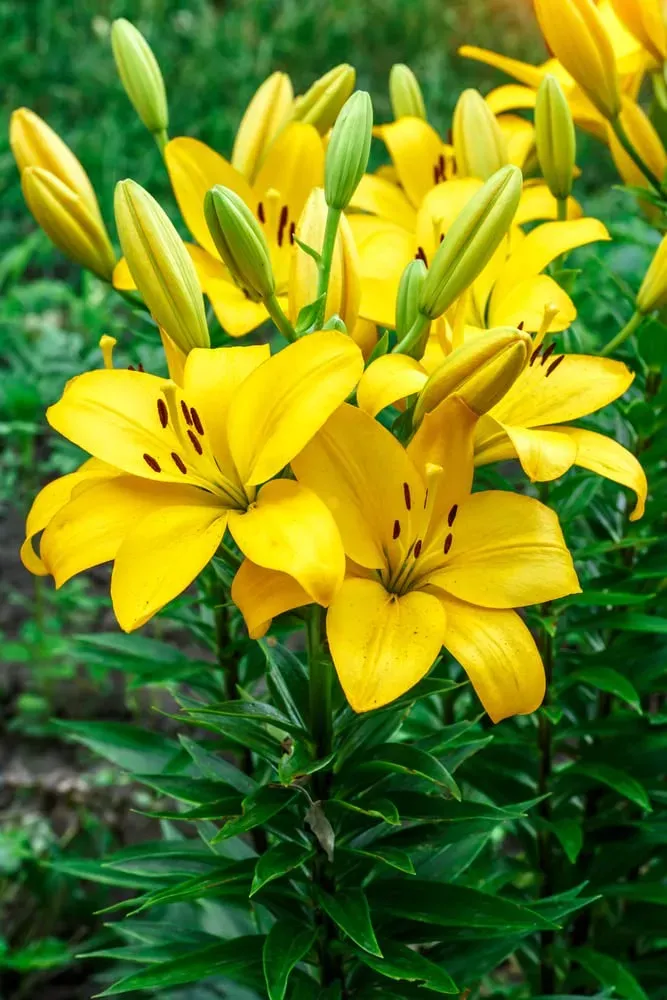
Common Problems With Lily Bulbs And How To Solve Them
Just like any other living thing, can face problems. But don't worry, most of these issues are easy to fix and can be prevented with proper care and attention. In this section, we'll go through some common problems with lily bulbs and how to solve them. This way, you'll be well-prepared to tackle any issue that comes your way and keep your lily bulbs thriving.
One common problem with lily bulbs is root rot. This can happen if the bulb is planted too deeply or if the soil is too wet, causing the bulb to rot. To prevent root rot, make sure to plant the bulb at the right depth and provide good drainage for the soil. Check out our
Another issue you might face is pests or diseases that can harm your lily bulbs. To solve this, use fungicides or insecticides as needed. You can also try to prevent diseases by providing good air circulation and watering carefully.
Problem | Solution |
|---|---|
Root Rot | Plant at the right depth and provide good drainage |
Pests or Diseases | Use fungicides or insecticides as needed |
Dividing lily bulbs is another task you might need to do to keep your lilies healthy. This involves separating the bulb into smaller sections and replanting them. This way, you'll get more lily plants and have a bigger, more beautiful display of lilies.
- Separate the bulb into smaller sections
- Replant the sections
Keep an eye out for any signs of pests or diseases and take action immediately. This will help prevent the problem from getting worse and keep your lilies healthy.
“The smallest deed is better than the grandest intention.” - Bodh’in Balbird.
Final Thought
Growing lilies from bulbs can be a truly rewarding experience. From the careful selection process to the final breathtaking bloom, the process is filled with satisfaction. Remember, with the right care and attention, your lily bulbs will reward you with vibrant colors and captivating fragrances, transforming your garden into a haven of beauty. Happy gardening!